Complete product range for working on Inox
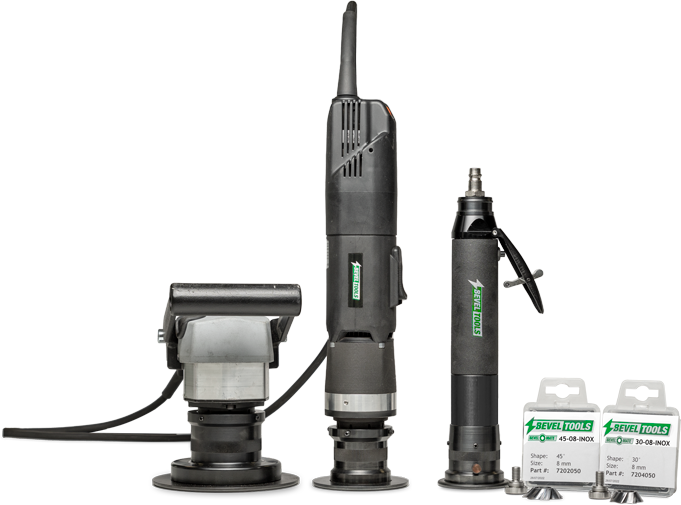

Mastering the art of beveling and rounding edges on stainless steel with handtools has historically posed significant challenges. The precision required, coupled with the absence of suitable tools, has often led to rapid wear and tear of inserts, radius cutters, and grinding discs. After extensive research and dedicated development, we proudly present our innovative INOX platform.
Our cutting-edge INOX beveling machines have revolutionized the process, making it effortless to tackle even the most resilient metals. Experience enhanced longevity for your bevel cutter, as we’ve harnessed the power of innovation to ensure lasting durability. On this platform, we’re delighted to guide you through the process of beveling inox edges, showcasing the seamless efficiency of our new tooling.
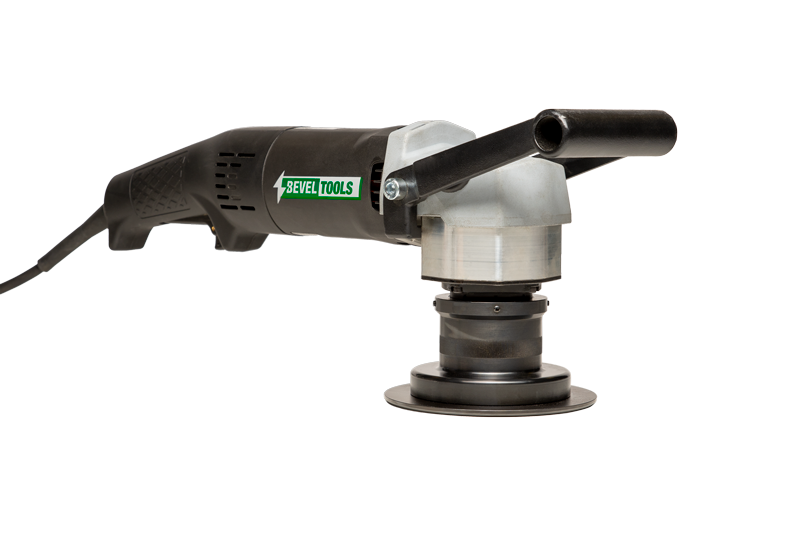
Largest among the three specialized INOX machines, this model is tailored for larger work pieces, bars, and flanges. Additionally, it enhances your ability to achieve greater depth for bevels or radii.
Crafted with precision for compact products, shapes, holes, and flanges, our EBI INOX stands as a lightweight and effortlessly manageable solution.
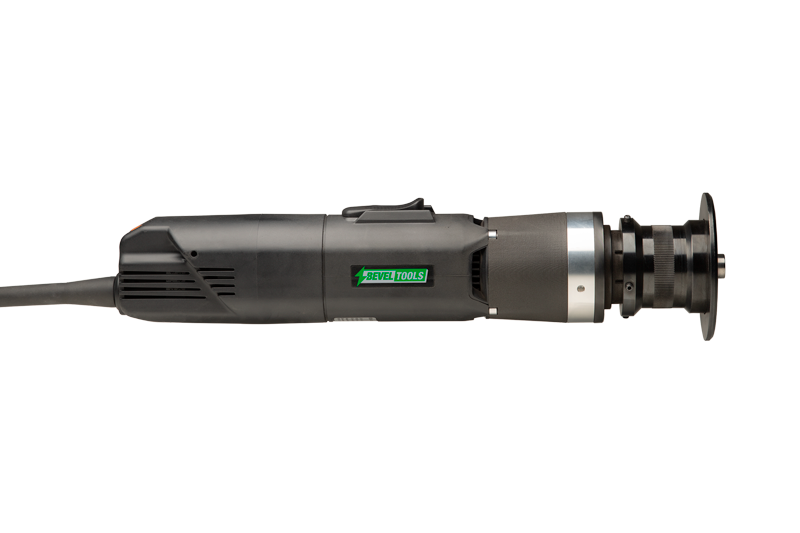
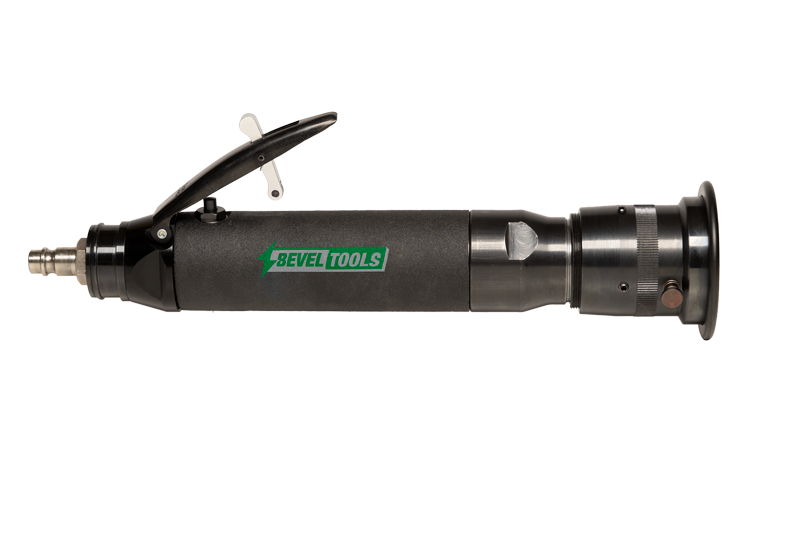
Operating on pneumatic power, this machine mirrors the specifications of the EBI INOX model.
Crafting smooth beveled and rounded edges on stainless steel was once a challenging and time-intensive endeavor. However, with the advent of our INOX platform, this task has been greatly simplified. Explore our instructional video and gain comprehensive insights into utilizing these innovative tools.
While other tools may perform the task, the coarseness of the stainless steel tends to dull the cutters rapidly. Enter our groundbreaking INOX series, a solution previously absent from the market, tailored exclusively for beveling and rounding stainless steel. These machines are meticulously engineered to excel in stainless steel cutting, ensuring prolonged cutter lifespan. Explore further insights on utilizing these specialized machines for inox applications.
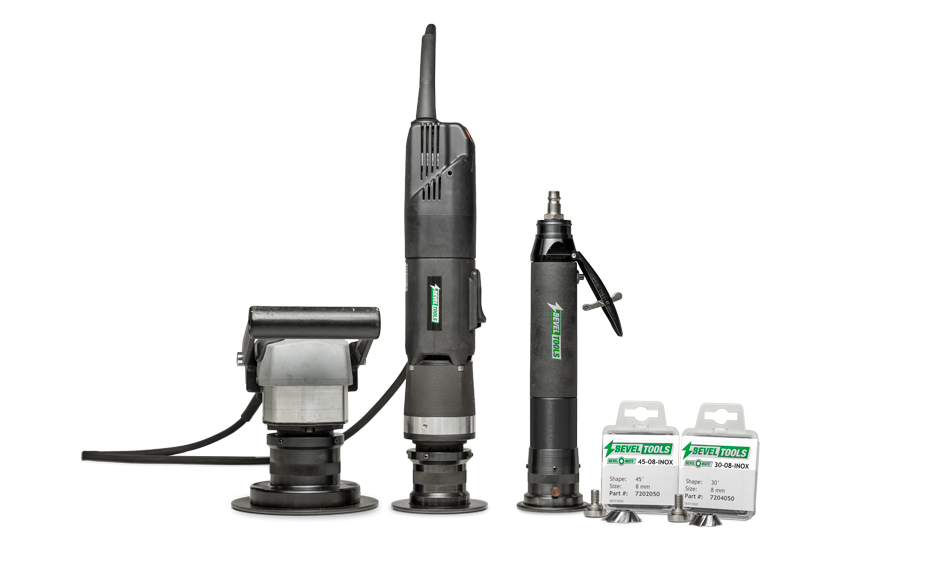
If you’re interested in using our products and would like to try it out first, you can request a demo. We will contact one of our dealers as soon as possible and ask them to get in touch.